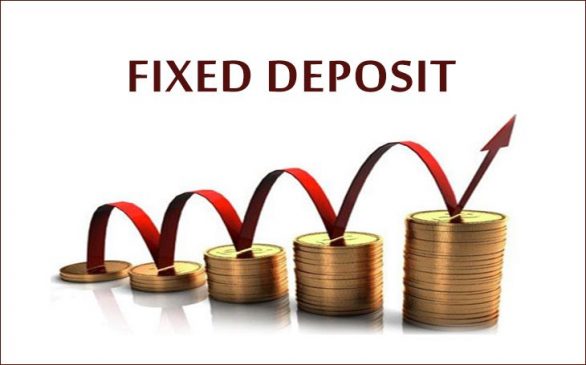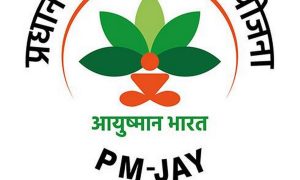Shorter FD tenures typically offer lower interest rates but provide quicker access to funds, while longer tenures yield higher interest rates but limit liquidity.
Fixed Deposits (FDs) remain a preferred choice for investors seeking stable returns in India. However, one crucial aspect often overlooked is the tenure selection, which can significantly impact the returns and liquidity of the investment. Choosing the right FD tenure demands thoughtful consideration aligned with individual financial goals and circumstances.
The tenure of an FD refers to the duration for which the investment remains locked in. It ranges from a few days to several years, and each duration has its implications on returns and accessibility of funds. Shorter tenures typically offer lower interest rates but provide quicker access to funds, while longer tenures yield higher interest rates but limit liquidity.
Here are five tips to help you take the right decision.
Read More: BoB launches its new ‘360 deposit scheme’; know here the maximum interest
Align with Your Needs
Before committing to an FD tenure, assess your financial objectives and requirements. If you anticipate needing the funds for a specific purpose in the near future, opting for a shorter tenure would be prudent. Conversely, for long-term goals or when certain of not requiring immediate access to the funds, longer tenures offering higher interest rates could be more beneficial.
Check Interest Rate
The interest rates offered on FDs can vary based on the tenure. Generally, longer tenures attract higher interest rates. Analyse the prevailing interest rate scenario and forecasts to gauge potential fluctuations. Consider splitting the investment into multiple FDs with varying tenures to hedge against interest rate changes and maintain liquidity.
Read More: New Fund Offer: Motilal Oswal AMC launches Motilal Oswal Large Cap Fund – Should you invest?
Tax Implications
Taxation on FD interest can significantly impact your returns, especially for individuals in higher tax brackets. Shorter tenures might lead to lower overall interest accrued, resulting in reduced taxable income. Evaluate the impact of taxation based on the chosen tenure and explore options like Tax-Saver FDs or timing the maturity to optimise tax liabilities.
Inflation and Real Returns
While longer tenures often yield higher nominal returns, it’s crucial to consider the effects of inflation. Longer lock-in periods may expose your funds to erosion in real value due to inflation. Aim for a balance between tenure and real returns, ensuring that the interest earned surpasses the inflation rate to maintain the purchasing power of your funds.
Read More: Central Bank Of India Offers 7% Interest On Two-year FDs
Laddering Strategy
Diversifying your FD portfolio across various tenures, also known as laddering, can offer a blend of returns and liquidity. This strategy involves spreading investments across different maturities, allowing regular access to funds while benefiting from varying interest rates. Laddering minimizes the risk of locking in all funds for a single tenure.
Adhil Shetty, CEO, Bankbazaar.com, says, “FD laddering serves as a smart method to maximize your savings’ average returns while maintaining regular access to your money. For instance, you can distribute your funds into FDs with varying durations like 1-year, 2-year, 3-year, and 5-year terms. This tactic ensures that a part of your investment matures annually. As each FD matures, you can decide to renew it or withdraw the funds. If inflation remains low, you can reinvest the matured FD at the current interest rates. On the flip side, if interest rates increase, you can benefit from the higher prevailing rates. This approach allows you to earn better average returns compared to being stuck with a single low-rate FD for an extended period.”
By evaluating personal needs, interest rate and tenure, you can optimise your FD portfolio to suit your financial objectives. Remember, the ideal FD tenure strikes a balance between returns and accessibility, catering to both short-term needs and long-term funding needs.





































